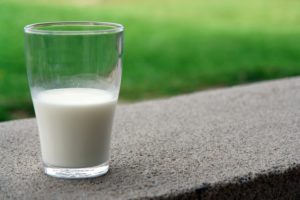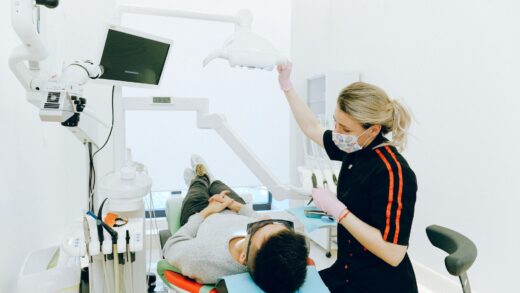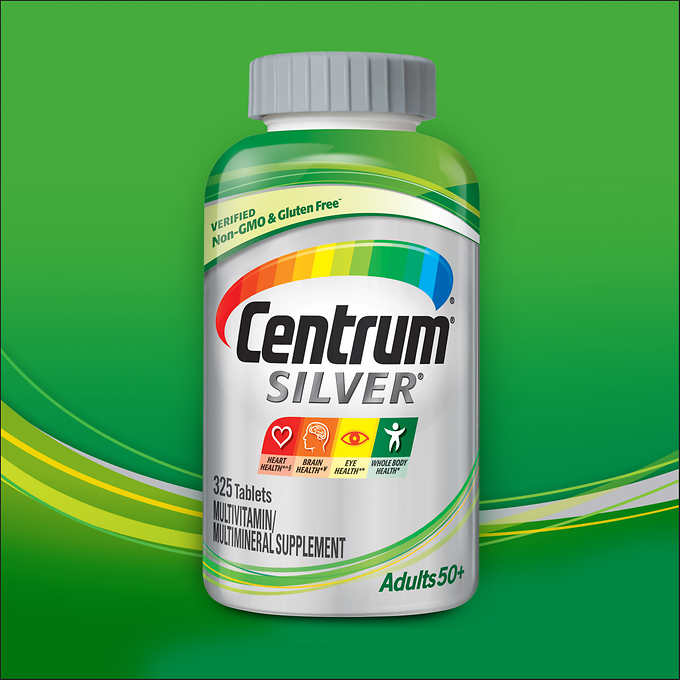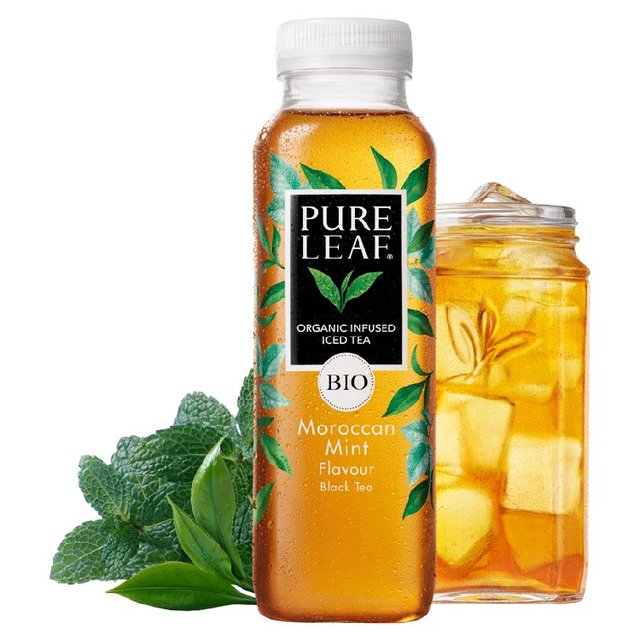Providing the right nutrients for strong, healthy bones is crucial, as bones make up the bulk of living tissue in the body, from joints to muscles to the bones themselves. They also store minerals such as calcium and phosphorus, which help keep bones healthy and release them when needed for other purposes.
There are many things you can do to keep your bones healthy and strong, but if you don’t eat properly and don’t get enough of the right kind of exercise, your bones can become weak and break off. Eat foods rich in calcium and vitamin D, exercise a lot, and have good health habits to keep your bones healthy. If you don’t eat properly, exercise enough, or not enough, and eat a healthy diet, bones can easily break and cause pain.
In case you experience accidents or fall injuries, there is a near orthopedic surgeon Phoenix AZ who can help you.
Vitamins and Minerals
 When it comes to healthy bones and preventing osteoporosis, calcium alone is not enough. You need to be aware of other vital nutrients that help the body absorb calcium and utilize the calcium you consume. Magnesium helps the body absorb and bind calcium, which helps to build and strengthen bones and prevents osteoporosis. As your body is not good at storing magnesium, you must have sufficient magnesium in your diet.
When it comes to healthy bones and preventing osteoporosis, calcium alone is not enough. You need to be aware of other vital nutrients that help the body absorb calcium and utilize the calcium you consume. Magnesium helps the body absorb and bind calcium, which helps to build and strengthen bones and prevents osteoporosis. As your body is not good at storing magnesium, you must have sufficient magnesium in your diet.
Healthy and Active Lifestyle
Healthy bones need to maintain a physically active lifestyle and eat healthy foods such as fruits, vegetables, nuts, and healthy fats. Achieving and maintaining good bone health in childhood can help prevent bone loss and fractures in later life. Physiotherapists can develop a variety of exercises to keep your bones in good shape.
Proper Nutrition
 From achieving the highest bone density during childhood to the age of thirty and maintaining bone health for the rest of our adult lives, nutrition plays a dominant role in skeletal health. A balanced diet is required to achieve bone mass density during the transition from infancy to adulthood and reduce bone loss in the elderly, covering the necessary daily intake of calcium, magnesium, and other vital nutrients.
From achieving the highest bone density during childhood to the age of thirty and maintaining bone health for the rest of our adult lives, nutrition plays a dominant role in skeletal health. A balanced diet is required to achieve bone mass density during the transition from infancy to adulthood and reduce bone loss in the elderly, covering the necessary daily intake of calcium, magnesium, and other vital nutrients.
Bottom Line
The amount of calcium, magnesium determines the bone density of an adult skeleton, and other vital nutrients present in the body during childhood and adolescence. Osteoporosis fractures are preventable by maximizing the bone bank at age 30 and reducing the rate of bone loss. Adequate calcium intake can be crucial to take advantage of exercise and is key to achieving high bone mass and slowing down the age – the bone loss associated with it.






